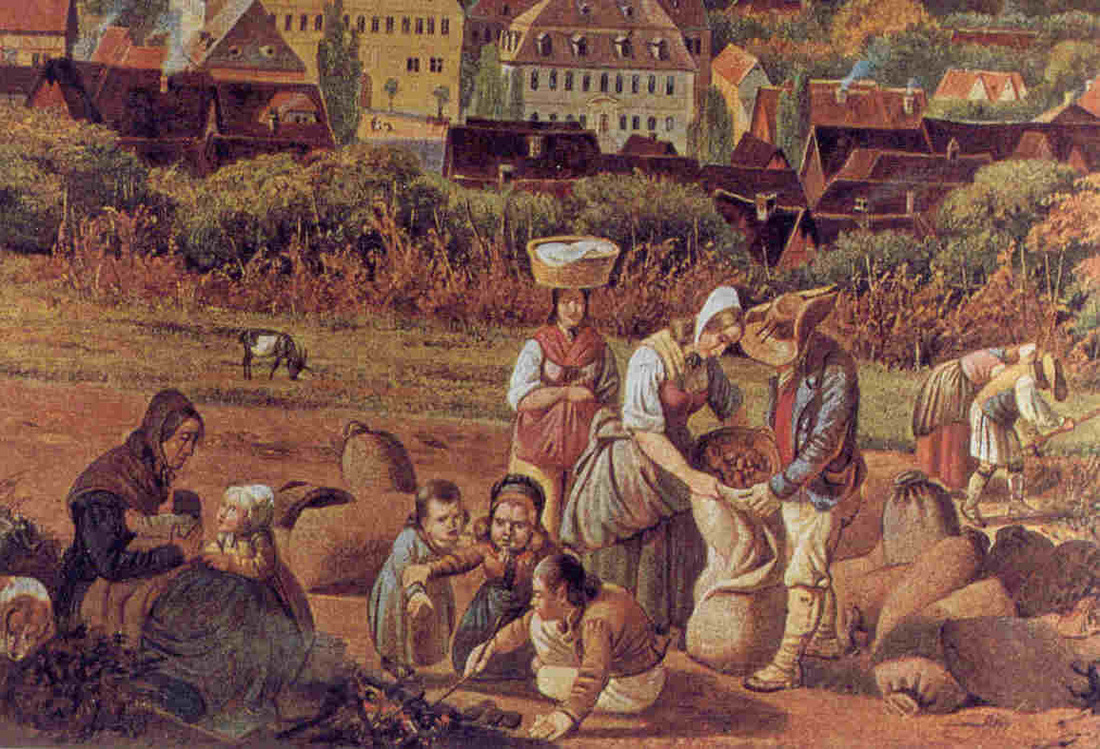Peasant Concept – Anthropology Notes – For W.B.C.S. Examination.
কৃষক সম্পর্কে ধারণা – নৃতত্ত্ব ণোট – WBCS পরীক্ষা।
The development of peasant studies in anthropology (focusing primarily on the United States) is reconsidered by tracing two major approaches, one stemming from Robert Redfield, the other from Julian Steward and his students. The two approaches are based on different premises and grounded in different theories of culture. Although they have been interwoven historically, they represent different conceptions of peasantry, as well as different understandings of such notions as peasant culture, community, and tradition.Continue Reading Peasant Concept – Anthropology Notes – For W.B.C.S. Examination.
Nevertheless, it has been extremely useful in reminding anthropologists that potentially fruitful comparisons can be made across the world (for example, in the analysis of production and consumption within the peasant household); that in Clifford Geertz’s famous dictum anthropologists study in villages, but that doesn’t mean that they study villages (for peasant lives are shaped by far broader economic, political and cultural forces than can be contained within a closed local community); and that anthropologists cannot and should not close their ears to colleagues in other disciplines (sociology, history, political science). In other words, studying peasants has forced anthropologists to acknowledge that their particular ethnographic knowledge is only a small part of some greater whole. Robert Redfield made this explicit in his theoretical delineation of peasantries as ‘part-societies’, positioned on a ‘folk-urban continuum’, and culturally aligned to both a great and a little tradition; while all of these concepts have since been found wanting in one way or another, the general orientation remains valuable.
Theoretically, the peasantry have had a precarious existence. Their rise to prominence in the late 1960s was a direct consequence of the success of twentieth-century revolutionary movements not, as Marx might have predicted, among industrial workers but in predominantly rural, peasant populations. The Vietnam War was just the latest in a line of peasant-based radical movements which had changed the political shape of the world — most obviously in China and Russia. In other words, peasants held a special fascination for the academic left even as they seemed to challenge the certainties of classical Marxist-Leninism. Politically and culturally, then, what often needed to be explained about peasants was either their capacity for rebellion or, just as often, their tendency to conservatism and acquiescence in structures of inequality.
Economically, studies of peasant life have concentrated on the questions raised by the Russian scholar A.V. Chayanov (1966 [1925]). He argued that peasants constituted a distinctive mode of production, characterized by the domestic unit of production and consumption, in which production is oriented first and foremost towards household reproduction rather than individual profit. Chayanov died in Stalin’s purges, and his arguments have been attacked by later adherents to Marxist orthodoxy (who emphasized instead peasants either as petty commodity producers, or as rural proletarians). In anthropology they were taken up by Sahlins in his concept of the domestic mode of production (a concept which Sahlins did not apply to peasant economies, but rather to kinship-based societies without adequate hierarchical structures to increase the extraction of economic surplus). The key dynamic in the peasant economy, in this view, was household structure and Chaya-nov’s explanatory frame could be mapped onto earlier anthropological work, such as “Fortes’s idea of the “developmental cycle of the domestic group (discussed in the article on family). And, while feminist scholars were able to deconstruct Sahlins’s gendered assumption about what constituted a ‘natural’ household, their critiques emphasized again the value of detailed empirical study ofthe link between kinship, gender relations, economy and polity.
Politically, the anthropological focus has shifted from peasant quiescence to radicalism and then back to a modified understanding of the hidden resistance which may be uncovered beneath the surface of apparent conservatism. Writers of the 1950s and 1960s, heavily influenced by the assumptions of modernization theory, emphasized peasant attachment to collective norms and values, such as honour and shame in Southern Europe, E. Banfield’s “amoral familism, or C. Geertz’s “ethos of ‘shared poverty’ in Indonesia, and particularistic political styles, such as a dependence on patron-client ties and the development of factions. Writing at the height of anti-Vietnam War radicalism in the late 1960s, and partly in reaction to the complacencies of modernization theory, “Eric Wolf (1969) identified a key group – the so-called middle peasantry — as potential agents of social transformation. A decade later, Michael Adas (1981) pointed out the extent to which peasants in the past had dealt with exploitation by simply walking away from it; premodern states in Africa and Asia were based on control over people rather than bureaucratic control over territory, and people who sensed their overlord was requiring too much could, and frequently did, respond by moving elsewhere and shifting allegiance to another authority. In this interpretation, overt rebellion was a distinctively modern response to the increased bureaucratic penetration and control of colonial and post-colonial states. “James Scott (1985), whose earlier work had emphasized the collecti-vist and risk-reducing ethos of the peasant “moral economy, argued against the privileging of moments of outright rebellion; his own ethnography of ‘everyday forms of peasant resistance’ in rural Malaysia drew attention to the ways in which peasants employed covert tactics of resistance like foot-dragging and gossip rather than overt and dangerous confrontation (albeit in a context of rural proletarianization and dramatic change in the technology of rice production).
Please subscribe here to get all future updates on this post/page/category/website


 +919674493673
+919674493673  mailus@wbcsmadeeasy.in
mailus@wbcsmadeeasy.in







































































































